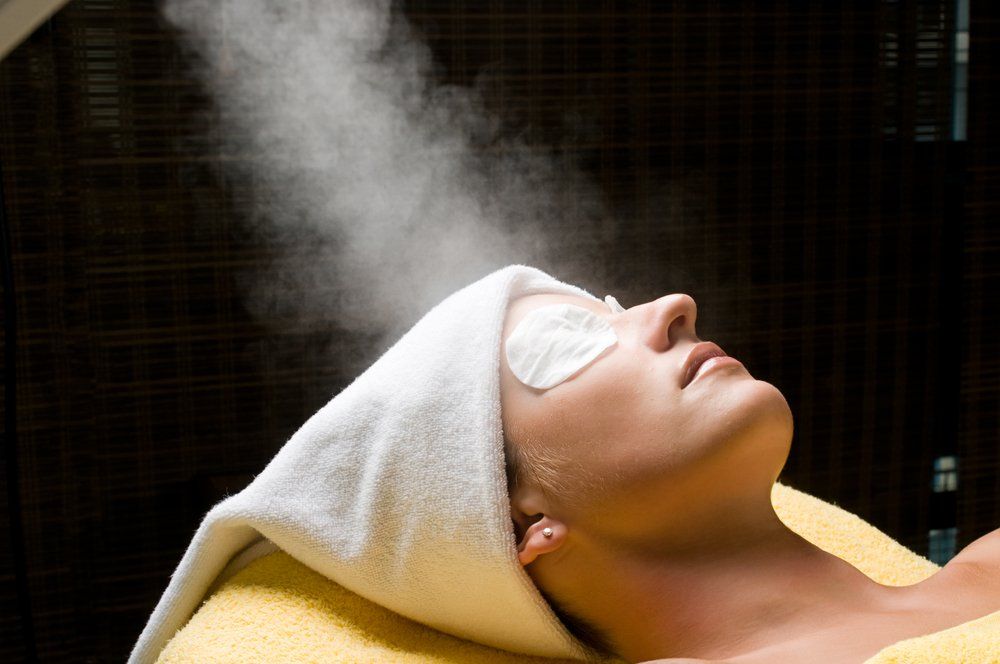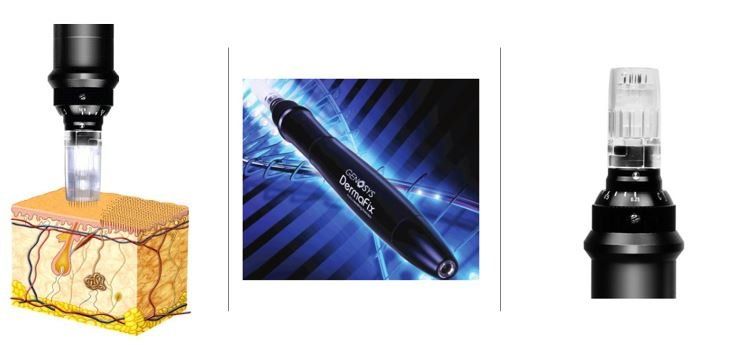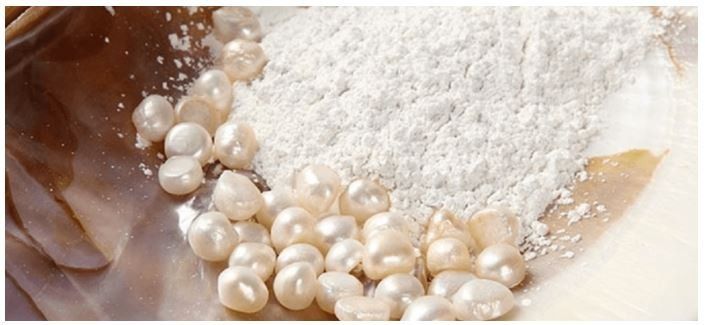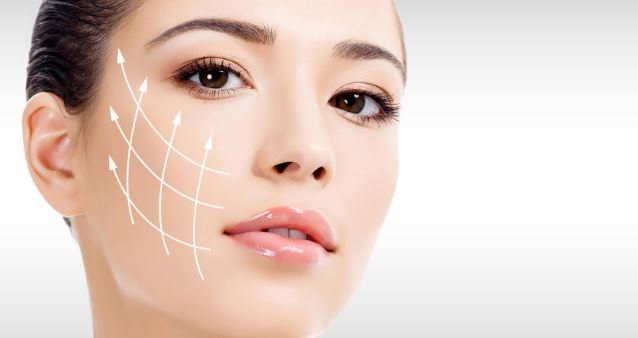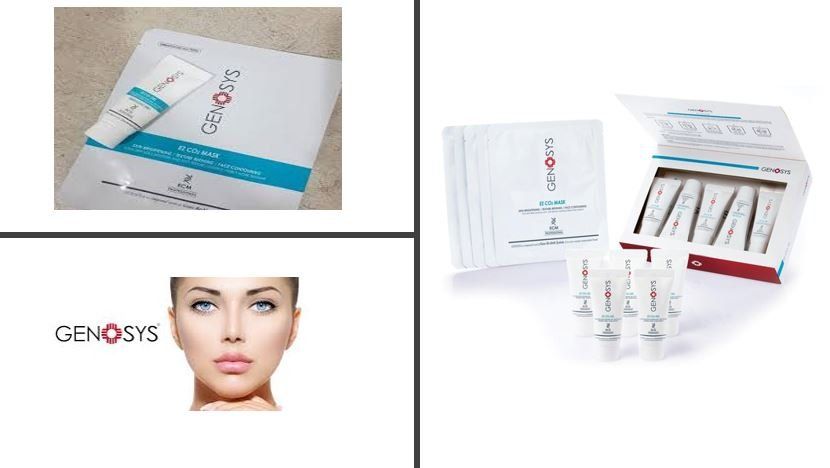Dermaplaning Facial Treatment
What is Dermaplaning?
Dermaplaning
Dermaplaning has been practiced by dermatologists and plastic surgeons for over 40 years.
It was originally performed as an alternative to chemical exfoliation and later to prepare the skin for resurfacing treatments and deeper chemical peels.
Dermaplaning has become an extremely popular treatment over the last few years, giving the client super soft skin and prime base for applying makeup.
What is Dermaplaning?
A safe and effective manual exfoliation procedure
It is carried out using a sterile, surgical scalpel to gently shave the skins surface, removing the outer most layer as well as the “peach Fuzz” vellus hair
This leaves the skin visibly smoother with an instant glow
How does it work?
Similar procedure to microdermabrasion, 2- weeks of dead skin cells are removed
Manual exfoliation triggers the cell regeneration process and allows products to better penetrate the skin
Removing the face of vellus hair also improves skin that can often accumulate dirt and oil at a Superficial, epidermal level only.
Popular Questions
Will the vellus hair turn into terminal hair?
No, the only time this happens is during puberty or the years after. These changes are attributed to testosterone production in the body.
Dermaplaning is simply removing the hair at the skin surface, although it may feel thicker initially when it first grows, this is simply due to the blunt tip pf the hair. It will retune to normal vellus hair.
Can I have this treatment if I’m pregnant/Breastfeeding?
Absolutely! As you are not using anything that acts at a cellular level like chemical peels, Dermaplaning is completely safe.
Suitable clients
Highly effective on clients with very dry skin or rough skin texture
Mature skin, which often has a build up of dead skin cells and slower skin cell turnover
Pregnant/lactating clients can have this treatment as they are contraindicated for peels.
Dermaplaning is also non- inflammatory therefore is suitable for those with pigmentation
Unsuitable Clients by skin type
This treatment is extremely safe and most clients are suitable
Only those suffering with severe acne or excessively oily skin wouldn’t be able to have treatment - Oils from sebaceous gland need to travel up to and connect with the vellus hair, if the hair is removed, the oils tend to stay below where they are mixed with bacterial colonies, ultimately making the skin more oily.

